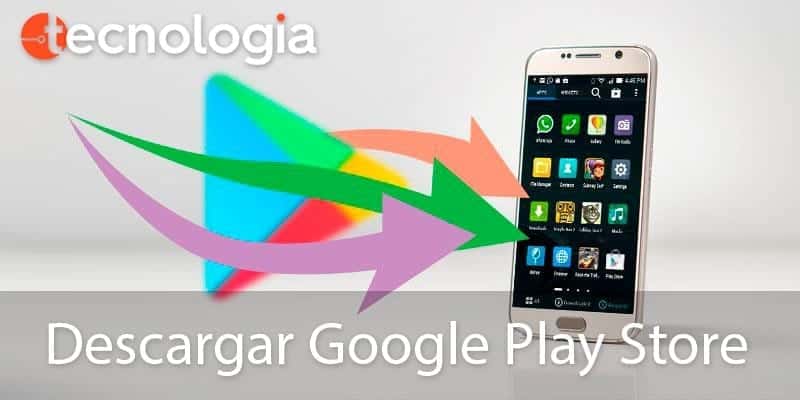The screens with a refresh rate of 120 Hz They appeared on smartphones three years ago. The pioneer was the gaming Razer Phone with the price of a cast iron bridge. Today, this technology has successfully moved to the middle segment, and already for about 270 dollars you can become the owner of a smartphone with such a screen. At least after the recent release of POCO X3NFC, its 120 Hz screen has become one of the main features.
It is worth noting here that for get the precious 120 Hz It is not enough to install the corresponding screen on the device. We also need a padding that has time to render frames that frequently. And this is one of the factors holding back the emergence of 120Hz technology in the low-cost segment. On POCO X3 NFC, the power reserve is sufficient- The device runs on Qualcomm Snapdragon 732G with Adreno 618 graphics, which without any problems supports said frequency at resolutions up to FHD +.
Where can you feel the 120Hz?
Don't expect a completely different experience with screens at this refresh rate. You'll barely feel it when browsing the Internet or watching a video recorded at 24 frames per second. But the difference will be clearly noticeable, for example, with a banal movement of the tape or in the android interface animation. The image on a 120Hz screen will move much smoother.
However, the most notable effect is obtained in the games that support 120Hz. We have already counted about fifty of them so far this year and their number will increase in 2021. In dynamic genres (for example, car simulators), with high graphic settings, you will have less blurring, that is, the image will be more coherent in a given moment. In competitive shooters, the Increase in frequency It also provides a real advantage over opponents: the image remains clear even with a sharp turn or change of sight.
More shots, more appetite
It is true that 120Hz displays They have a big drawback: they consume much more power than conventional 60 Hz displays. And manufacturers are trying to do something about it. For example, POCO X3 NFC can analyze the content displayed on the screen. If you are reading text, viewing photos or videos at 60 fps, the screen refresh rate automatically drops to 60 Hz. In situations where 120 Hz can manifest itself (as a rule, games or interaction with the interface), the frequency is raised to the maximum.
With a high degree of probability, in the near future, developers will actively use the capabilities of displays more often. Because if they are (and they are cheap) why not use them. So, when buying a smartphone for at least a couple of years, it makes sense to take a model with a 120 screen Hz.

Expert in SEO/SEM and communication on social networks.
CEO at tecnologia.net and passionate about everything related to technological progress






